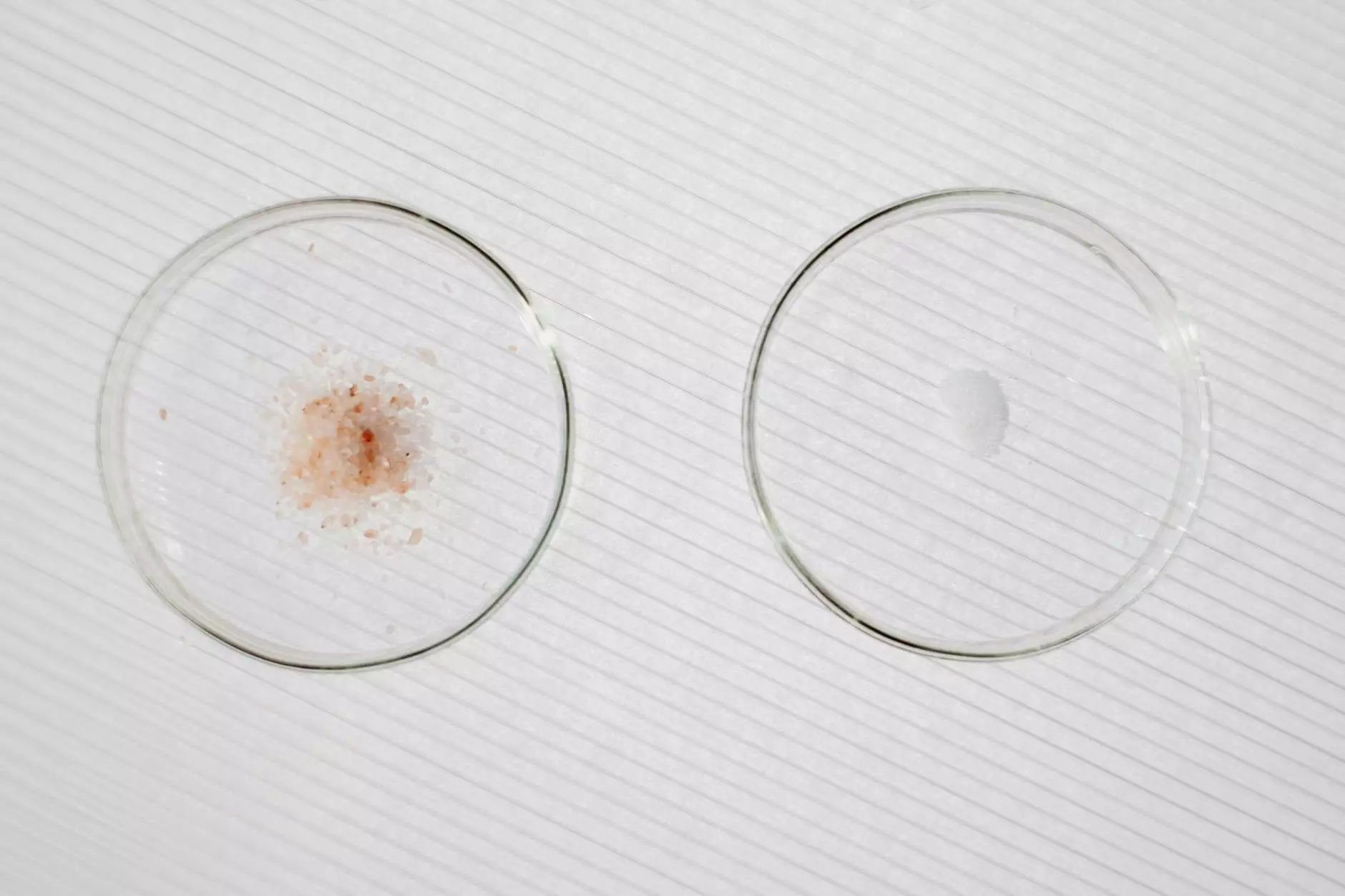The Comprehensive Guide to Hysteroscopy Septoplasty: Enhancing Reproductive Health

In the ever-evolving world of health and medicine, understanding the significance of advanced procedures is crucial. Hysteroscopy septoplasty is one such procedure that has gained traction in recent years, especially within the realm of reproductive health services. This extensive guide aims to provide you with an in-depth understanding of hysteroscopy septoplasty, its benefits, and its impact on reproductive health.
Understanding Hysteroscopy Septoplasty
Hysteroscopy septoplasty is a surgical procedure used to correct a uterine septum, a congenital abnormality characterized by the presence of a fibrous or muscular band of tissue dividing the uterus. This condition can lead to various reproductive issues, including infertility, recurrent miscarriages, and obstetric complications. The hysteroscopic approach to septoplasty is instrumental because it allows surgeons to view the uterine cavity with precision, leading to better outcomes.
What is Hysteroscopy?
Hysteroscopy is a minimally invasive procedure that involves the use of a hysteroscope—a thin, lighted tube—to examine the inside of the uterus. This approach not only facilitates diagnosis but also enables immediate intervention to rectify issues within the uterine cavity.
Indications for Hysteroscopy Septoplasty
- Recurrent miscarriages: Many women suffer from repeated pregnancy loss due to unexplained factors, and a uterine septum may often be the underlying cause.
- Infertility: Women facing difficulty conceiving may benefit from a thorough evaluation by hysteroscopy to identify any anatomical issues.
- Abnormal uterine bleeding: Septum can contribute to irregular bleeding patterns that can be diagnosed and treated during the procedure.
- Pre-operative assessment: Before undergoing assisted reproductive technologies like IVF, it is essential to ensure that the uterus is in optimal condition.
The Procedure of Hysteroscopy Septoplasty
The procedure is generally conducted in an outpatient setting, requiring only local or general anesthesia. Here’s a step-by-step breakdown of what patients can expect during hysteroscopy septoplasty:
Preparation for the Procedure
Before the procedure, patients usually undergo a series of tests, including:
- Transvaginal ultrasound
- Hysterosalpingography (HSG)
- Blood tests to evaluate general health status
Step-by-Step Process
1. Anesthesia: Depending on the complexity of the case and the patient's comfort, anesthesia will be administered.
2. Hysteroscope insertion: The hysteroscope is gently inserted through the cervix into the uterus.
3. Distension of the uterine cavity: Sterile fluid is introduced to expand the uterus for better visibility.
4. Identification of the septum: The surgeon identifies the septum, assessing its size and the extent of the tissue separating the uterine compartments.
5. Resection of the septum: The septum is meticulously removed using specialized instruments, allowing for a more normal uterine environment.
6. Recovery: Once the procedure is completed, patients are monitored before being discharged home. Most women can resume normal activities within a few days.
The Benefits of Hysteroscopy Septoplasty
Hysteroscopy septoplasty offers numerous advantages over traditional surgical methods, making it a preferred choice for many gynecologists.
Minimally Invasive Approach
Using small instruments through the hysteroscope means there is significantly less trauma to the uterine tissue. Patients experience shorter recovery times and less postoperative pain.
Precision and Safety
The visualization of the uterine cavity increases the precision of the resection, lowering the risk of complications such as perforation of the uterine wall.
Enhanced Outcomes
Studies indicate that women who undergo hysteroscopy septoplasty experience a higher success rate in subsequent pregnancies, especially those previously plagued by miscarriage or infertility.
Improved Quality of Life
By addressing the root cause of reproductive issues, patients often report improved mental health and emotional well-being following the procedure.
Post-Procedure Considerations
After hysteroscopy septoplasty, patients should follow their doctor's advice to ensure a smooth recovery. Some common post-operative care tips include:
- Rest: Taking time to recuperate is vital.
- Avoiding heavy lifting: Strain can interfere with healing.
- Monitoring for unusual symptoms: Patients should report any excessive bleeding, severe pain, or fever.
- Follow-up appointments: These are crucial for ensuring that recovery is on track and to plan for future reproductive health strategies.
Addressing Myths and Misconceptions
When it comes to medical procedures, misinformation can often lead to unnecessary fear. Here, we address some common myths surrounding hysteroscopy septoplasty:
Myth 1: Hysteroscopy is Painful
While some discomfort may be felt, the use of anesthesia and effective pain management strategies minimize discomfort during and after the procedure.
Myth 2: Septoplasty is Not Necessary
Many patients underestimate the impact of a uterine septum on fertility and pregnancy. Correcting this issue can be life-changing for those struggling with reproductive health.
Future Directions in Hysteroscopy and Reproductive Health
The field of reproductive health is rapidly advancing. Ongoing research and improvements in surgical techniques continue to enhance the efficacy of procedures like hysteroscopy septoplasty.
Technological Innovations
Advancements in hysteroscopic technology promise even better visualization and more effective treatment options for various uterine pathologies.
Telemedicine and Consultations
The rise of telemedicine has made it easier for patients to consult with specialists about reproductive health issues, improving patient access to care.
Conclusion
Hysteroscopy septoplasty stands as a testament to the advancements in medical technology and our understanding of reproductive health. For those facing challenges related to uterine septum and reproductive issues, this procedure could dramatically change the course of their fertility journey. At Dr. Vindhya, we are committed to providing cutting-edge reproductive health services that empower individuals to achieve their dreams of parenthood. Our dedicated team is here to support you every step of the way, ensuring that you receive the highest standard of care tailored to your unique needs.
For more information on hysteroscopy septoplasty and other reproductive health services, feel free to contact us or visit our website at drvindhya.com.









